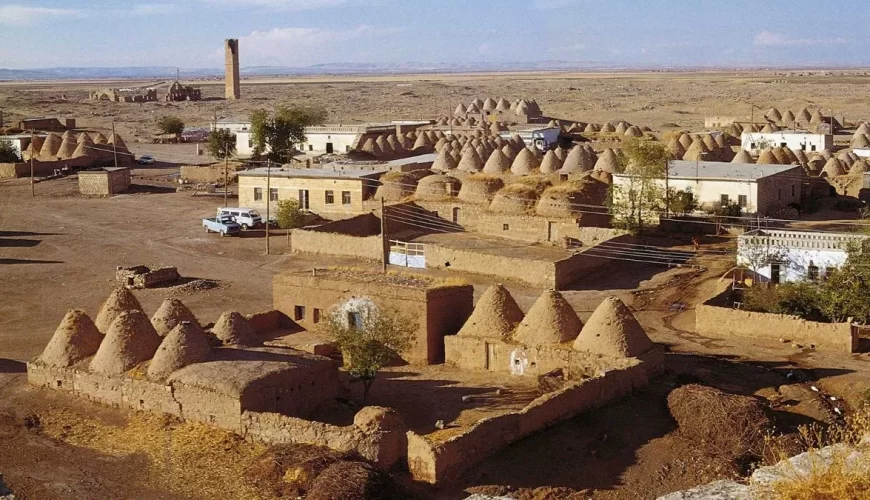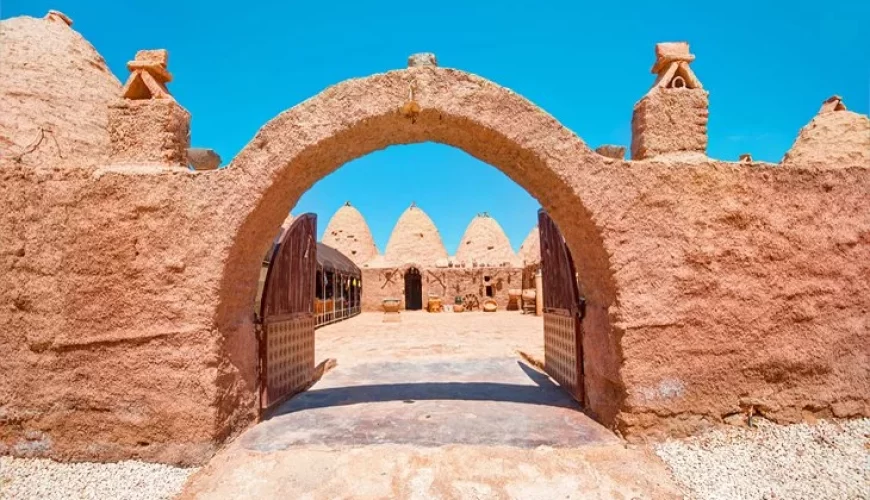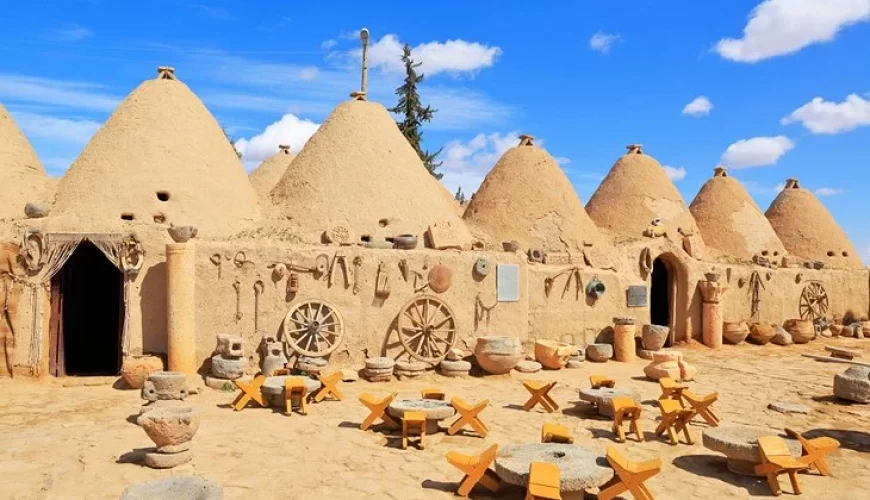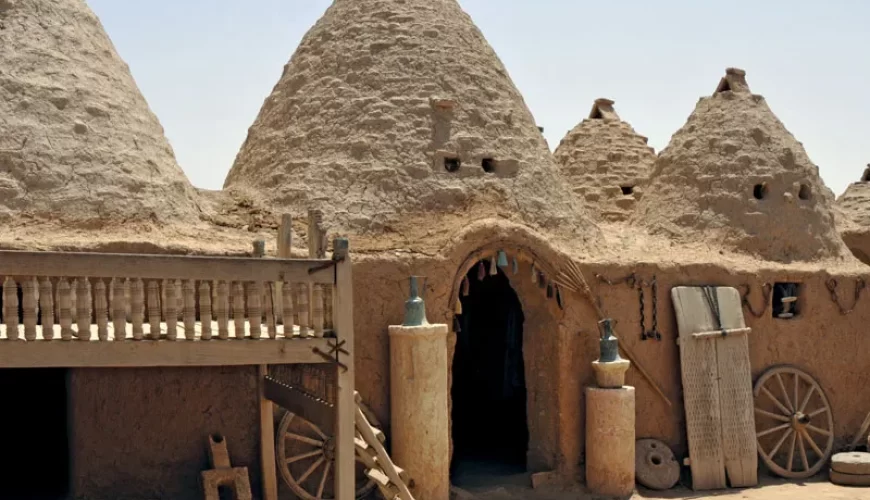Harran, located in the Sanliurfa Province, the ruins of the ancient city of Harran date back to the 3rd millennium BCE when the area was a cultural, religious, and commercial center. From the Early Bronze Age to the Early Christian period, get to know the fascinating story of this ancient city that continues to stun visitors.
Close to the city of Urfa, Harran was one of the most important cities of Northern Mesopotamia; however, excavations have also revealed evidence from the Early Bronze Age. What’s for sure is that many different empires and dynasties, such as the Akkadians, Babylonians, Assyrians, Hittites, Persians, the Alexandrian Empire, Romans, Byzantines, Seljuks, and Ayyubids, occupied Harran. It also served as the capital of the Islamic Empire, becoming famous in the region, and was once an important commercial and agricultural city where cotton, honey, sweets, and tools for measuring were produced. However, it was not until 718–913 that Harran lived out its golden period when it was a center for culture and knowledge, as renowned Islamic scholars such as Thabit Ibn Qurra, Al-Battani, and Ibn Taymiyyah were born and raised here.
While the city began to lose its power by 1098 due to the Crusader expeditions, Saladin (the Sultan of Egypt and Syria) reinstalled, albeit briefly, some hope by arriving in Harran and rebuilding it through the construction of bazaars, Islamic schools, and bathhouses. By 1260, the city faced its final demise as Hulagu Khan (Genghis Khan’s grandson) invaded and destroyed it; its residents fled to nearby Mardin, and present-day Aleppo, and Damascus. After such a devastating invasion, the city lost its rigor and was only able to continue existing as a small village, never again regaining its former glory.
Nowadays, the ruins of Harran are a reminder of its glorious past and includes the 131-foot (39.9-meter) minaret and ruins of the Grand Mosque, the inner fortress, and the well-preserved kümbets, mud-and-brick houses that look like beehives. These kümbets, which represent a custom that goes back thousands of years in Northern Mesopotamia, have a hole at the very top used for lighting and as a chimney, while the shape allows for excellent thermodynamics and air circulation. Inside the four kümbets restored by the Ministry of Culture, you’ll find a museum that exhibits artifacts as well as traditional costumes and jewelry from the region.
The people who currently inhabit Harran and its surrounding area are also known to be extremely hospitable, with locals often inviting visitors into their homes where local dishes are prepared, such as the region’s famous çiğ köfte (hand-kneaded balls of raw meat mixed with bulgur and spices). Quite the gem for off-the-beaten path explorers, Harran is not only a place to explore history but also to get to know the locals.







Comment (0)